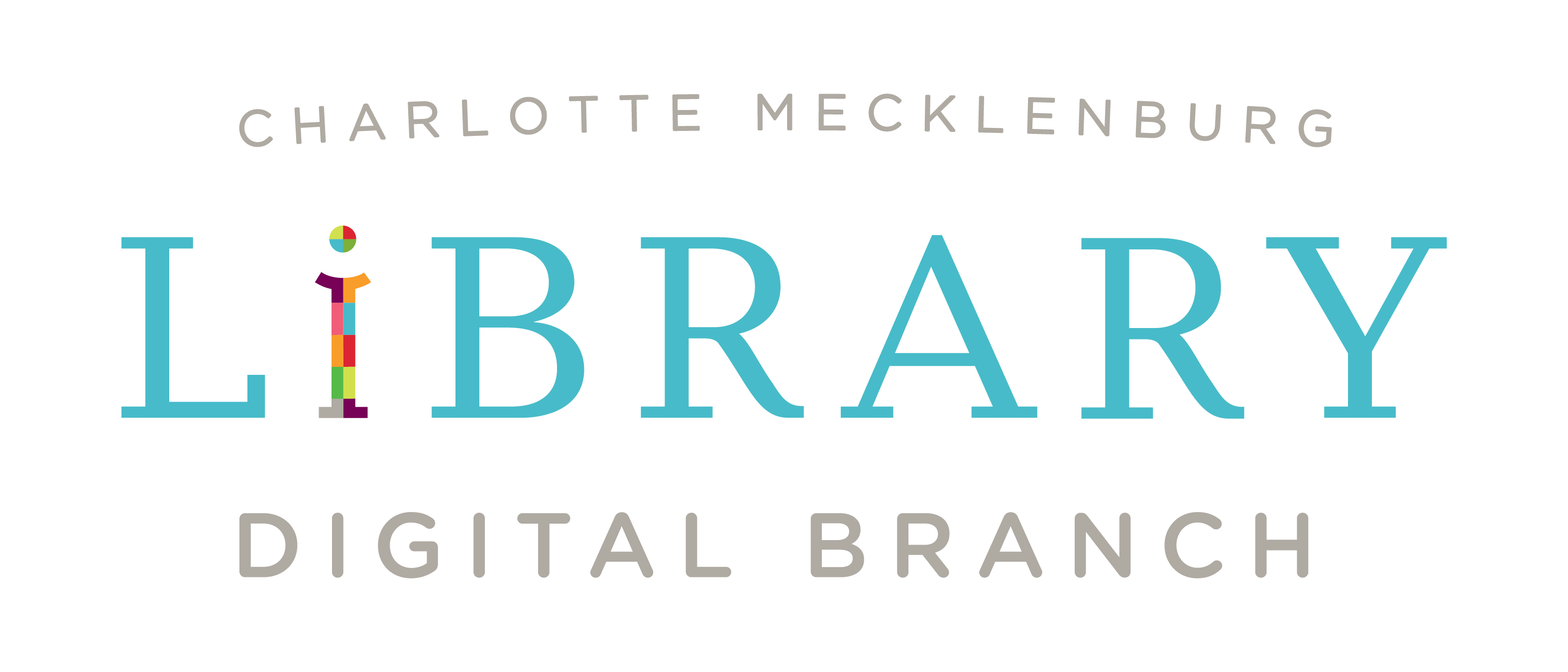When I graduated from undergrad, I took classes in a Graduate program that just wasn’t for me at the time. I had the realization that I needed to work full-time. After working full-time for most of my undergrad career, I knew that working full-time and going to school would be hard. After deciding that the program I was in just wasn’t the right fit, I started to aggressively look for a full-time job and get away from my retail management job. Unfortunately, this was right in the thick of our most recent recession. With my degree in two social sciences and my tenacity, I bounced around from temp job to temp job, while still keeping my retail management position part-time. In 2011, I finally settled in a job full time and was able to concentrate on building a career with the public library. I fell in love with libraries; actually, more in love because thanks to my mom, I had been a library superuser since I could walk.
I realized that I would have to work full-time. I put my dream of going to graduate school on hold, but I made myself a promise. I planned my graduate career by deciding the who, what, where, and how of going to graduate school, and doing it all by the time I turned 30. Because of my plan, I was admitted to graduate school 2 months after my thirtieth birthday. I decided on an online program because it was necessary for working full-time and I wanted to stay working with my current employer. The programs I tried to attend were not offered in my city or surrounding areas.

